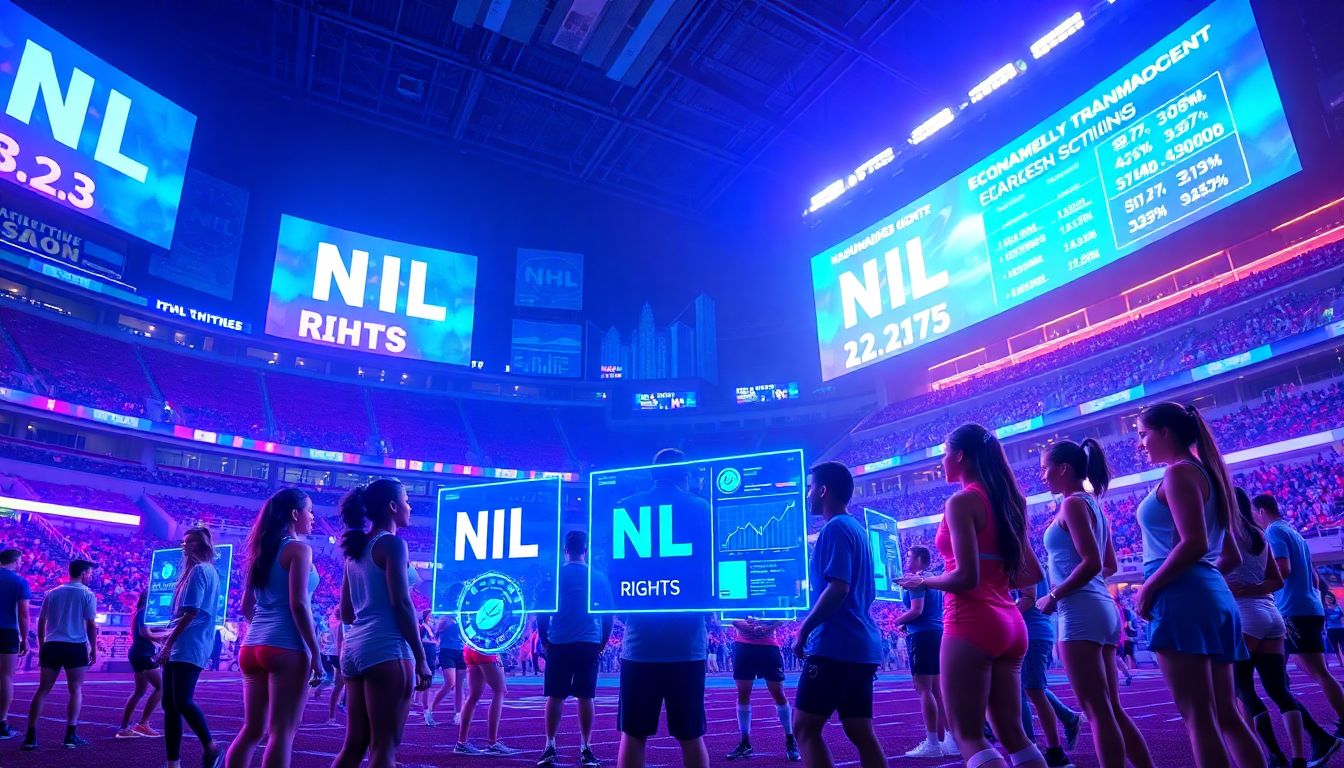As 2024 draws to a close, the future of name, image, and likeness (NIL) rights remains on the move, with far-reaching changes to college athletics. Recent developments, including legal settlements, new revenue-sharing models, and state legislations, are shaping the compensation for college athletes on their NIL.
1. First Approval of the Carter, House, and Hubbard Antitrust Settlement
A benchmark for NIL rulemaking was achieved on October 7, 2024, when District Court Judge Claudia Wilken in the Northern District of California temporarily approved settlement of three gargantuan antitrust cases—Carter, House, and Hubbard—against the NCAA and sports conferences. Subjective consent to subsequent judicial examination of the settlement is a turning point towards a new age of player payment and NIL rulemaking for collegiate sports.
Two primary components constitute the settlement:
- Prior reform: $2.8 billion fund to pay damages to current and former student-athletes.
- Upcoming reform: Future repeat annual revenue sharing with players and restrictions on third-party NIL payouts.
Despite some changes in language aimed at addressing issues with third-party NIL contracts, the settlement is still surprising to most NIL collectives and firms with massive financial deals with universities. The agreement will be revisited in April 2025, and objections by the plaintiff class will be accepted before it becomes final.
2. Estimated Revenue Sharing with Student-Athletes
Under the agreement, “power conference” schools will begin to distribute revenue directly to student-athletes in the near future. The cap on one-year distributions has been set at an estimated $20.5 million, though earlier estimates had gone as high as $22 million to $23 million. The cap will be calculated on 22% of the “Average Shared Revenue,” or what power conference schools brought in last year on average.
This annual revenue-sharing arrangement will increase by 4% annually in the first decade. Even $20.5 million is short of projections, and yet this is the beginning of an athletic program paying players throughout college.
3. University of Tennessee Leaders with NIL “Talent Surcharge”
The University of Tennessee made headlines in September 2024 when it instituted a “10% talent fee” on football season tickets starting in 2025. While this additional fee is framed as being for the best interests of athletic programs generally, its apparent real purpose seems to be preparing for student-athlete revenue-sharing proposals.
Tennessee’s move to charge this surcharge bill is precedent-setting, and it’s the first big program to charge alumni and benefactors directly for the expense of NIL revenue-sharing. Other institutions are monitoring this closely as they consider doing the same in the future.
4. Georgia Makes Bold Step by Issuing Executive Order on NIL Revenue Sharing
Georgia Governor Brian Kemp made a bold move on September 17, 2024, by issuing an executive order allowing schools to make direct NIL payments to student-athletes. This action ensures that Georgia schools won’t face penalties from the NCAA for rewarding student-athletes for their NIL rights.
Georgia’s executive order is one of the strongest state measures for NIL revenue-sharing, with only Virginia issuing similar legislation. The order will remain in place until the Carter case is resolved or federal NIL law is enacted.
5. Continuing Calls for Federal NIL Regulation
Even with state and institutional-level developments, there is increasing demand for the federal government to step in and standardize NIL rules. NCAA President Charlie Baker has urged Congress to take action on NIL as players are increasingly transferring between schools due to concerns about pay.
The Pennsylvania Senate passed Resolution No. 350 on October 9, 2024, requesting national standards for NIL compensation to create consistency across states. Pennsylvania, which had passed its own NIL law in 2021, had previously led the way in allowing players to be compensated for their market value, though the state has no mechanisms to measure or capitalize on that value.
As NIL compensation continues to dominate discussions in college sports, pressure for a federal model will likely intensify, especially as Georgia and Virginia lead the way in direct payments to players.
These developments indicate that the future of college athletics will increasingly focus on an athlete-friendly model, with pay and revenue-sharing integral to the system. The coming years will likely see more state-level action and growing calls for federal regulation to standardize NIL rules across the country.
